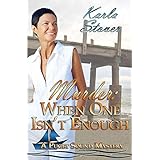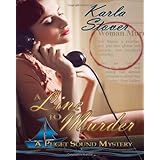At first, when I read the articles, I was disgusted. Then I dismissed them thinking, oh brother, because Lucy Maud Montgomery came from a different time, and statements such as these require a careful look at female relationships in the late Victorian era.
According to Carroll Smith Rosenberg, who was granted a Guggenheim Fellowship for Humanities, "The female friendship of the 19th century, the long-lived, intimate loving friendship between two women, is an excellent example of the type of historical phenomena which most historians know something about, which few have thought much about, and which virtually no one has written about."
Historian Lilian Faderman who did look at same-sex relationships, wrote, " Men saw themselves as needing the assistance of other men to realize their great material passions, and they fostered “muscle values” and “rational values,” to the exclusion of women. Women, left to themselves outside of their household duties, found kindred spirits primarily in each other. They banded together and fostered “heart values.”
The concept of separate spheres for men and women goes back to the ancient Greeks, however, it was emphasized during the Industrial Revolution. Piety, purity, domesticity and above all, submission were the woman's lot in life. "The world corrupts, Home should refine," wrote Mrs. William Parkes in 1829.
Then there was the fact that in 1870, 1 in 200 women died in childbirth, the belief that "the pain of childbirth would make women love their children more."
"During the 1800s, it was taboo to write negatively about pregnancy and childbirth because it was largely lauded as the most noble and valuable contribution of women to their husbands and to society" wrote blogger Maggie Maclean. The avoidance of pain during childbirth was seen as thwarting the will of God.
In the post-Freudian perspectives of the 21st century, it is impossible to "decipher the complexities" of female friendships, particularly when these friendships were part of the romantic rhetoric of the time.
Sarah Wister and Jeanne Musgrove met in 1849, when they were both teenagers, and though each married, they remained close throughout their lives. "Dear darling Sarah," Jeanne once wrote, "you are the joy of my life." "Dearest darling-- how incessantly I have thought of you," Sarah wrote on another occasion.
In the 1890s, a Scottish physician sent out 500 surveys . Of the 190 women who responded 152 admitted that they did have sexual desires and 134 reported having had orgasms.
And this brings us back to Anne Shirley, her bosom friend, Diana Barry, and a quote from Carroll Smith Rosenberg to wit, perhaps "there is (and was) room between homosexual and heterosexual relationship[s] for platonic friendships between women.
























.jpg)
.png)